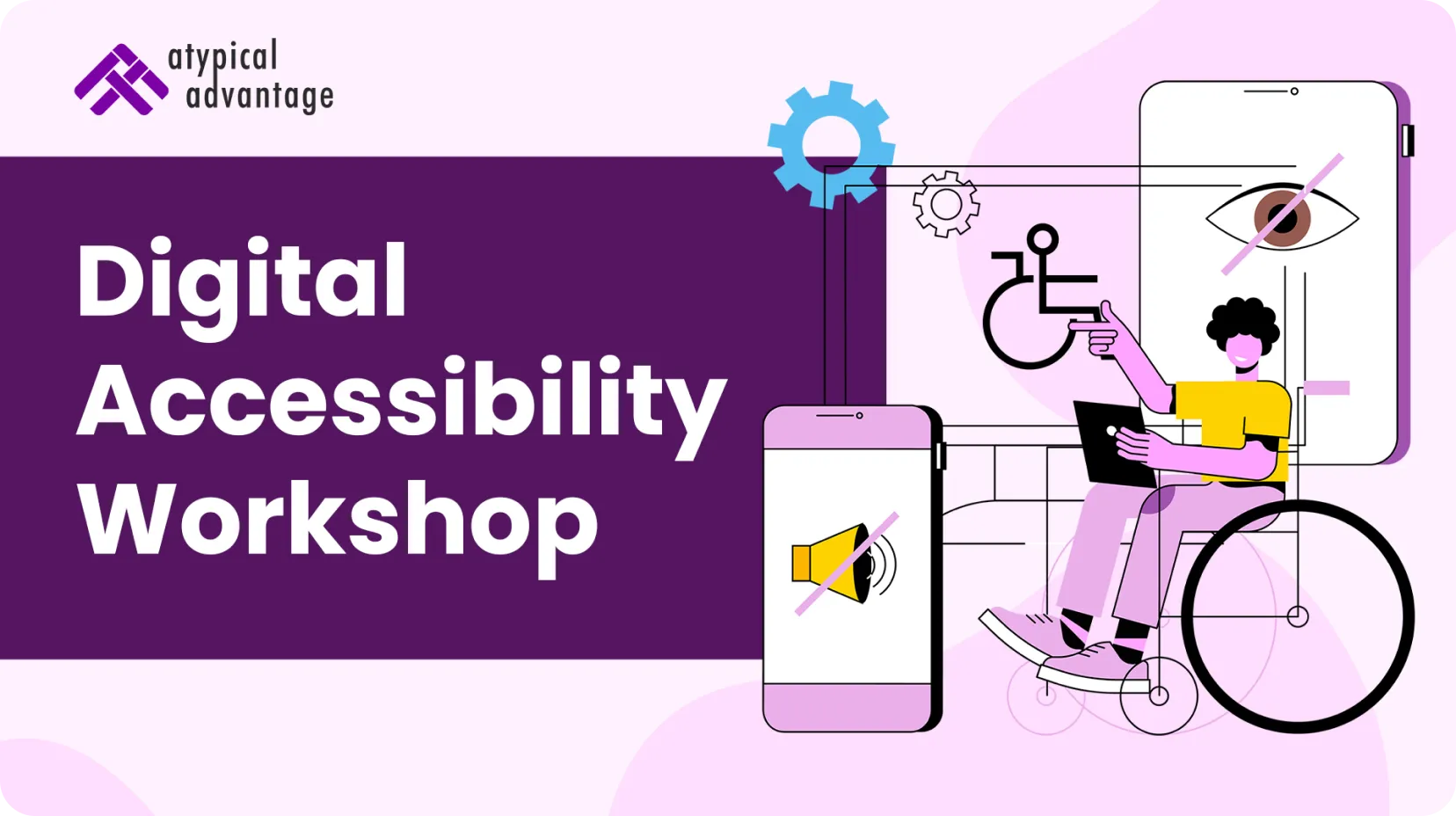
About the Session
In the rapidly evolving digital landscape, it’s crucial to consider how technology can be harnessed to ensure inclusivity for individuals with diverse abilities. Have you ever wondered how a blind person navigates a computer or mobile device, how a deaf individual grasps the content embedded in an audio file, or how someone without hands operates digital interfaces?
The answer to these questions lies in the realm of Assistive Technologies (AT), a transformative field that caters to the unique needs of Persons with Disabilities. This session will shed light on the diverse range of ATs available, the alternatives and controls they offer, and the profound impact they have on accessibility.
Agenda of the Session
-
Introduction to various disabilities and assistive
technologies used by them to access the digital content:
- Blindness - screen reader and refreshable braille display
- Low Vision - Large font, high contrast, magnifiers, etc.
- Color Blindness
- Hearing Impaired - caption, sign language
- Locomotor - keyboard navigation, switch access, voice access, etc.
- Dyslexia - touch target, line spacing, etc
- Various challenges faced by them while trying to access inaccessible content.
-
Guidelines, tools, and techniques to create accessible
digital content:
- Websites and mobile applications
- Documents
- Multimedia
- Social Media content

Corporate Clients



Trusted By
Awareness Workshop on Digital Accessibility for People with Disabilities
Brief Overview on the digital accessibility workshop
The digital accessibility workshop aspires to help participants understand and implement the subtleties of digital accessibility for individuals with disabilities. It unravels the crucial role of Assistive Technologies (AT) in making digital platforms usable for everyone, including those with varied disabilities. Participants will learn from experts like Akashdeep Bansal, a leader in the field with personal and professional experience in enhancing digital accessibility.



